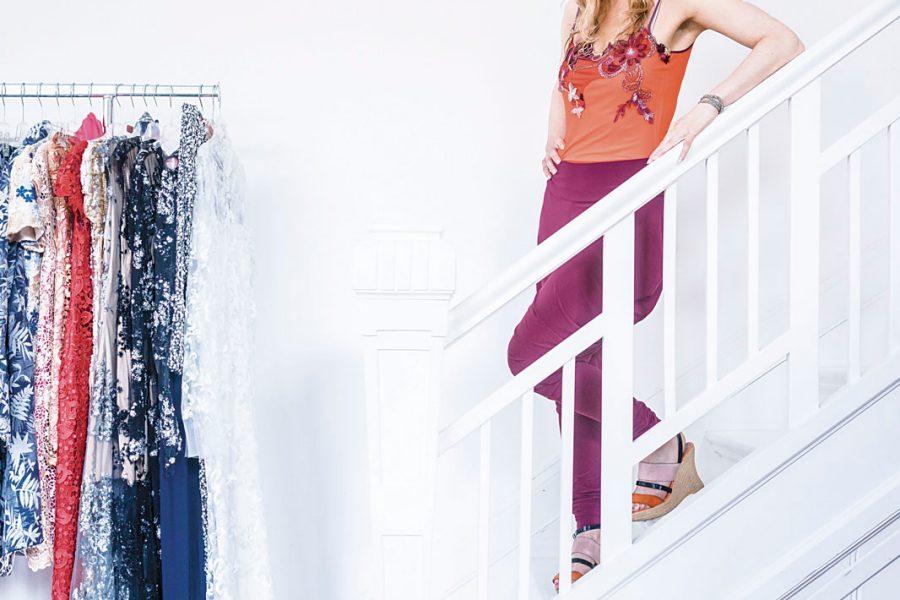Let’s start with beer. We are in Germany, after all. Twice a year, the Uerige brewery and inn in the centre of Düsseldorf’s old town – the Altstadt – produces an altbier (‘old beer’). Traditionally, no one at the brewery was quite sure when the head brewer would decide to release the special brew, hence its name in the local dialect: Sticke Alt.
There’s no exact translation, but sticke means a not-quite-secret – something you mutter behind your hand so no one can quite hear.
Düsseldorf doesn’t have a slogan. It’s not a slogan kind of city. But if it did, ‘Sticke Town’ would sum it up perfectly – a secret, but not quite.
Tell your friends you are visiting Düsseldorf and they’ll raise their real or online eyebrows. Even Europeans struggle to pinpoint Düsseldorf on a map. The name doesn’t sound attractive. In German it denotes a village at the mouth of a river, but to non-Teutonic ears ‘Düsseldorf’ has the hissing, thudding sound of a steam hammer: fitting for a city whose prosperity first stemmed from the steelworks and mines of the Ruhr valley.
Some marketing people played around with the name ‘D-Town’, but that idea died of embarrassment.
Yet Düsseldorf is a terrific place to visit. For its compactness, its greenness, its civility, its art and culture and, yes, its beer, this is a town I’d recommend to anyone.
But there’s a problem for Düssy-boosters like me. We’ll come onto that.
First, we’d better say that there are people who are in on the secret – and many of them are from Asia. In the 1950s and ’60s Japanese firms and their families began settling in Düsseldorf. It now has around 11,000 Japanese residents – and some of the best Japanese restaurants in Europe. Now China is following suit. The decision of Huawei to relocate from London to Düsseldorf in 2010 was a watershed: dozens of Chinese companies have set up in the area since, despite the slowdown in its economy. Düsseldorf has its own thriving China Centre and club.

Credit: Felix Gemein
Landing from a more than usually steamy Hong Kong and coasting in a taxi through the summer morning streets of the suburbs, I could see the appeal. There is a cool, green orderliness to even the busiest thoroughfares. The central district is a harmonious blend of traditional baroque and new architecture – though in fact the town is almost all modern: in common with many German towns bombed in the Second World War, the city simply reconstructed its cherished historic buildings in the old style. Beyond the statues and mature trees of the Hofgarten park is the Königsallee, or ‘Ko’ – an area of luxury shops and walkways dominated by the radical geometry of Daniel Libeskind’s Kö-Bogen building.
At the city’s heart are the calm waters of the Rhine. Even here in the busy, modern metropolis, the river is fringed with fields where sheep safely graze and families merrily picnic.
Caroline West, my Anglo-German guide for three busy days, runs a guiding, events and culture consultancy called RhineBuzz. In a small, hyper-connected place like this it helps to have someone who can introduce you to the people as well as the places. So we toured the Kunstakademie, the imposing art academy that was at
the heart of Germany’s tumultuous 20th century art movements, where Paul Klee, Joseph Beuys and Gerhard Richter all taught (and argued): but we were guided around the studios and halls by one of the current students. We visited Ruth Heinen, the Düsseldorf designer behind the Rita Lagune couture brand, in her atelier. We hung out with Stefan Prill, the personable entrepreneur behind the Stahlwerk arts, music and startup space. We chatted to Stefan next to one of Europe’s weirdest beaches. It overlooks an industrial estate in the outskirts. When a beach volleyball project came to an end, Stefan found himself with tonnes of sand on his hands: hence the beach.
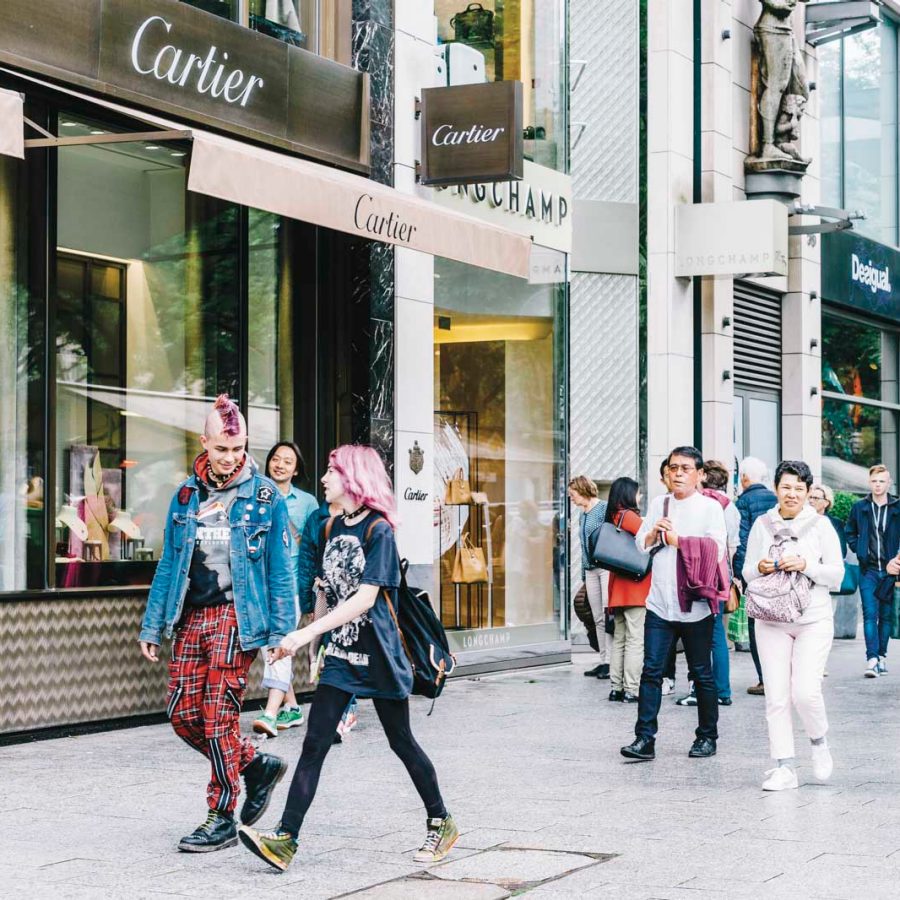
Credit: Felix Gemein
We visited Kraftwerk’s KlingKlang studio with a musician and performer. Best of all we met Kraftwerk’s designer and collaborator Emil Schult.
And more. We wandered through the rehearsal spaces and costume rails of the Opera House; the galleries of the K20 and Kunstpalast museums; the Tonhalle concert hall (a quite incredible aural as well as visual experience); and the canals, walkways and Frank Gehry buildings of the new Media Harbour area. We did more than I have space to describe here. This is a place without any major ‘sights’ but a more intensely concentrated arts, culture and shopping experience than any comparable European city.
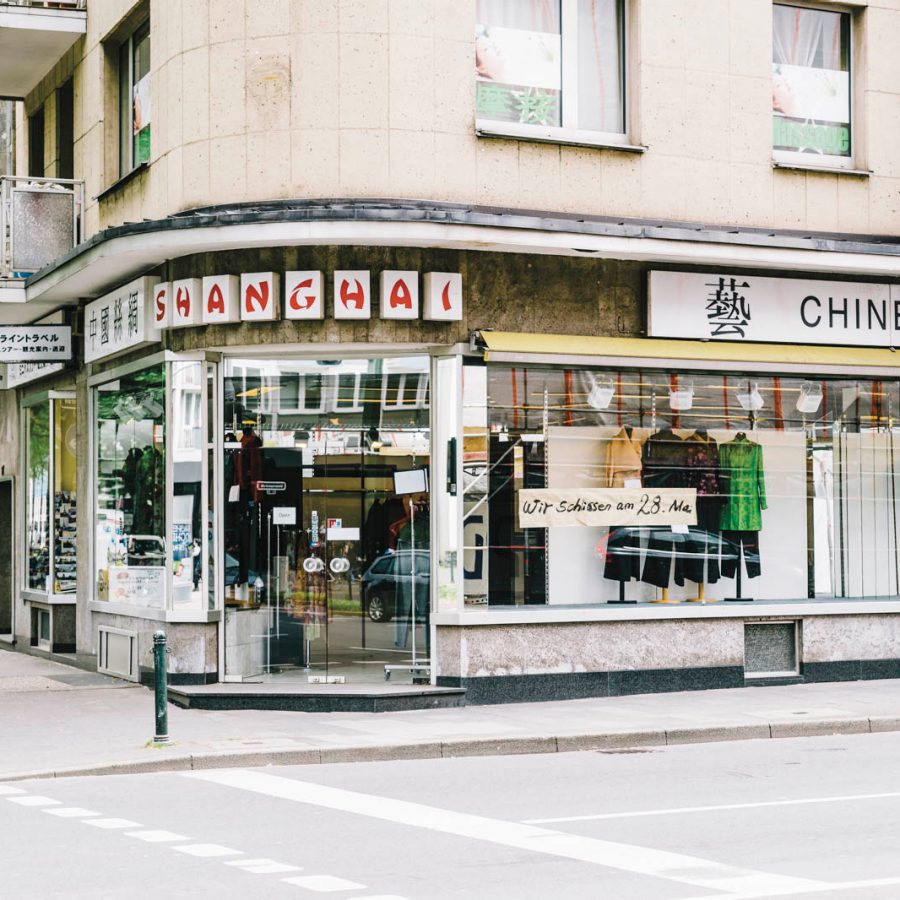
Credit: Felix Gemein
It’s not Düsseldorf’s problem; it’s ours. We travellers and travel writers have all become obsessed with the narrative of reinvention and hipness. Düsseldorf is not hip. You can get excellent coffee throughout the city, but no one calls it ‘artisan’ and nowhere do you sit on upturned tea chests being served by tattooed Ned Kelly impersonators. It’s one of the half dozen most important modern arts cities in the world; but there’s no Biennale or Basel jamboree to get excited about.
I asked the head brewer at Uerige what he thought of the craft beer movement. He mused for a second and said: ‘I think we have been doing craft beer since 1862.’
Typical. Honestly, you despair of the place. It’s the sixth most liveable city in the world, according to the latest Mercer Quality of Living survey, and the ninth most famous town in Germany, and yet nowhere on anyone’s list of the hottest places to visit. The Rhine buzz is really a quiet hum. But just give it a go. It’ll be our little secret – our own special sticke.
Düsseldorf to do list
For more about Düsseldorf go to duesseldorf-tourismus.de
Stay
The writer stayed in a duplex apartment with balcony in quiet Kronprinzenstrasse. airbnb.com
The De Medici is a new and grand small hotel in the heart of the Altstadt. deraghotels.de
The Hyatt Regency in Media Harbour is also new. Super location, wonderful design, fine restaurant – packed with business travellers during the week, deals on offer at the weekend. dusseldorf.regency.hyatt.com
Breidenbacher Hof is part of upscale hotel group Capella and handily located on the Königsallee. capellahotels.com/dusseldorf/
See
K20 and K21 museums, covering work from the past and current century respectively. kunstsammlung.de
Düsseldorf Opera House. operamrhein.de
Tonhalle concert venue. tonhalle.de
Galeries Hans Mayer – the most prominent in a town of art dealers. galeriehansmayer.de
The art academy of Düsseldorf. kunstakademie-duesseldorf.de
Eat and drink
Hausmann’s serves great beer and beef. Say no more. hausmanns-duesseldorf.de
Uerige does Düsseldorf Altbier – and fine German whisky – as well as great platters and atmosphere. uerige.de
Heinemann Confiserie is a café serving champagne truffles and tea since 1932. konditorei-heinemann.de
Et Kabuffke is a hole-in-the-wall bar for drinking the town’s firewater, killepitsch. Flingerstreet 1
Shop
Müller & Böhm is a book and record store in poet Heinrich Heine’s old house. literaturmueller.de
Rita Lagune couture. rita-lagune.de
Moritz Wenn Studio sells menswear, denim and accessories inspired by the workwear of the industrial Rhine. moritz-wenz.de
Fast track to Europe's creative heart
Get a map, draw a wide circle around Düsseldorf and you can see how many other metropolises are within easy reach. Here, Discovery picks five dynamic cities in four countries to visit.
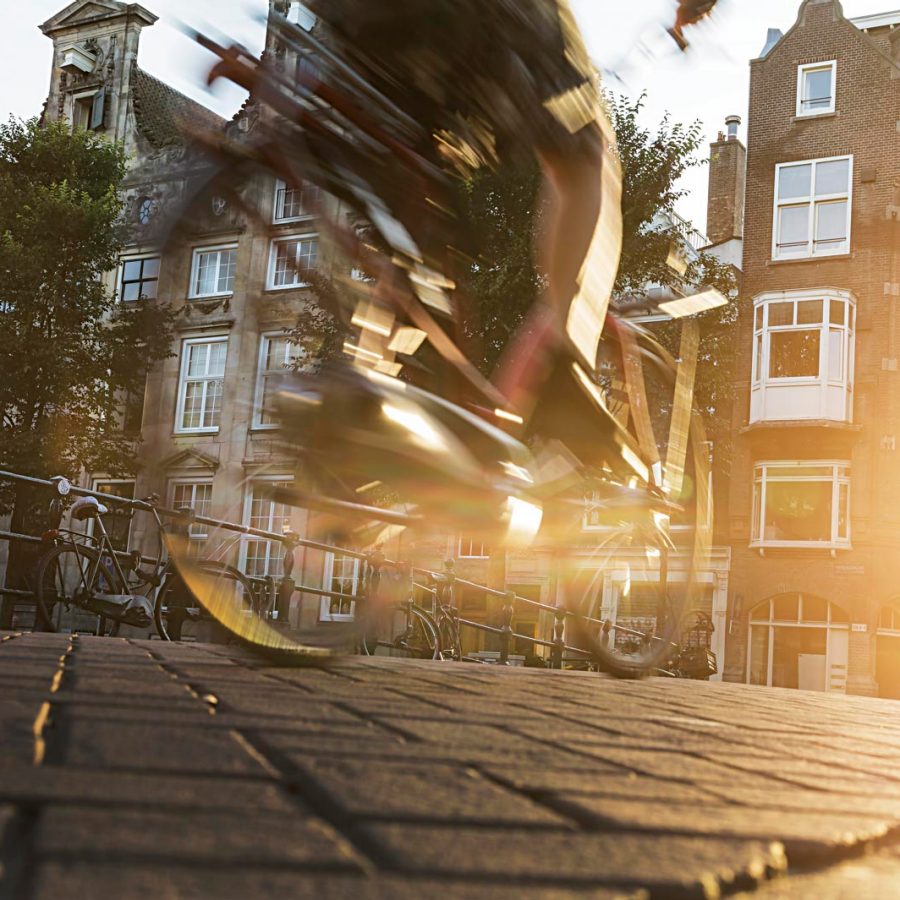
Credit: Felix Gemein
1. Amsterdam, The Netherlands
‘Some tourists think Amsterdam is a city of sin, but in truth it is a city of freedom. And in freedom, most people find sin,’ said American author John Green. Alongside sin, there’s a lot of life in this quirky European city. One of the best ways to get around is on two wheels: hire a bike and explore the maze of cobbled streets alongside the canals, stopping off at alfresco cafés.
Kilometres from Düsseldorf: 182
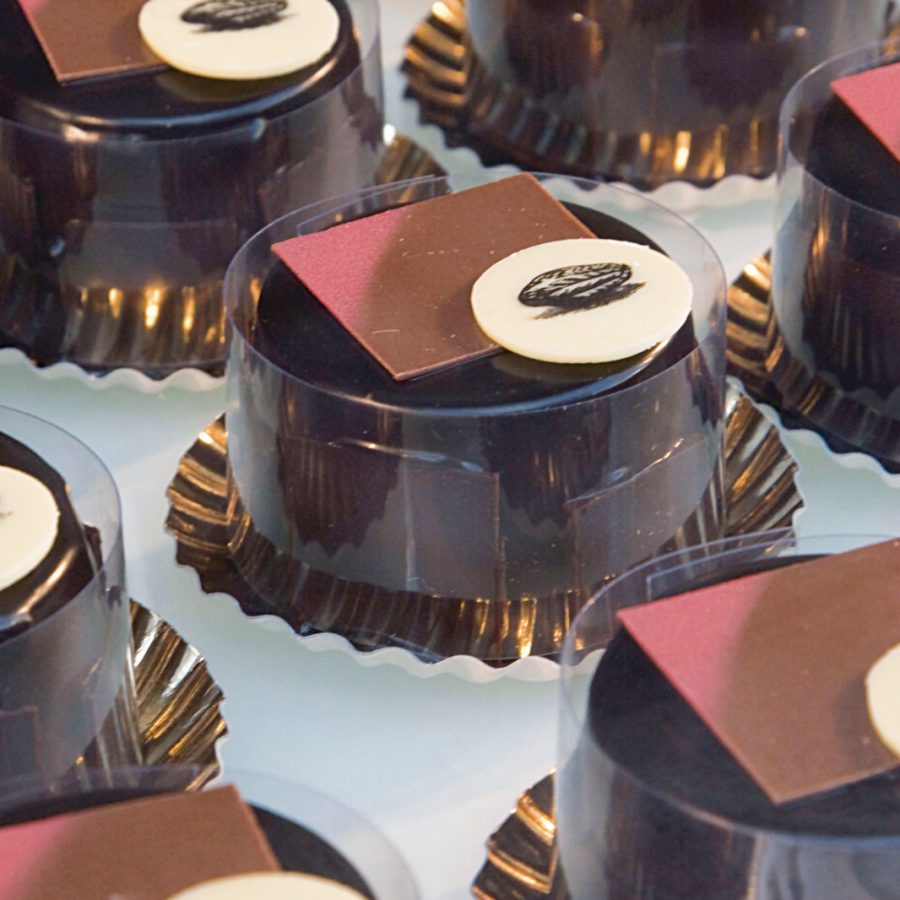
Credit: Felix Gemein
2. Brussels, Belgium
Once, the main draw of regal Brussels was its architecture – particularly the grand, gothic Hôtel de Ville. Now it’s the food. And not a paper cone of hot chips or a doughy waffle, either. Whether it’s the weekly food market at Place du Chatelain, artisan fish and chips at Bia Mara, or – what you really came for – Belgian chocolates and truffles at Pierre Marcolini.
Kilometres from Düsseldorf: 175
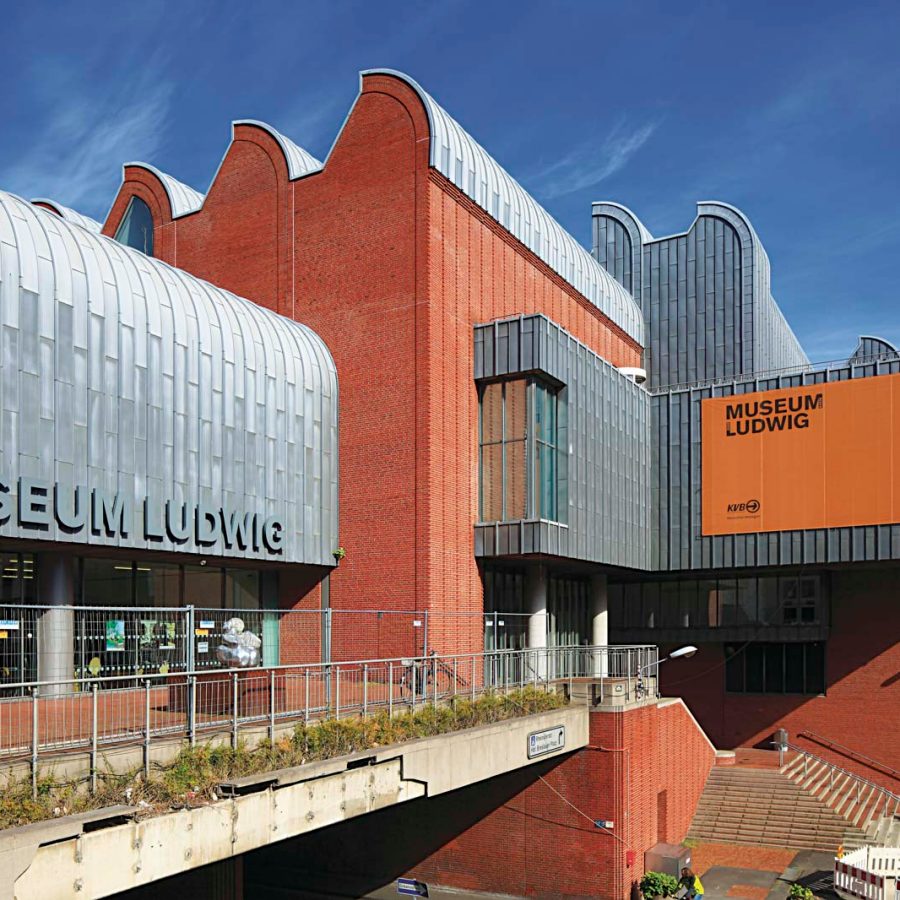
Credit: Werner OTTO/ullstein bild via Getty Images
3. Cologne, Germany
If Düsseldorf is the cooler, cutting-edge younger cousin, Cologne is the refined, older sister just down the Rhine river.
While Cologne’s star attraction is its large Gothic cathedral, which soars 91 metres above the city, its postmodern architecture is also worth a look. Art lovers should head to Museum Ludwig, dedicated to a wide spectrum of modern art.
Kilometres from Düsseldorf: 35
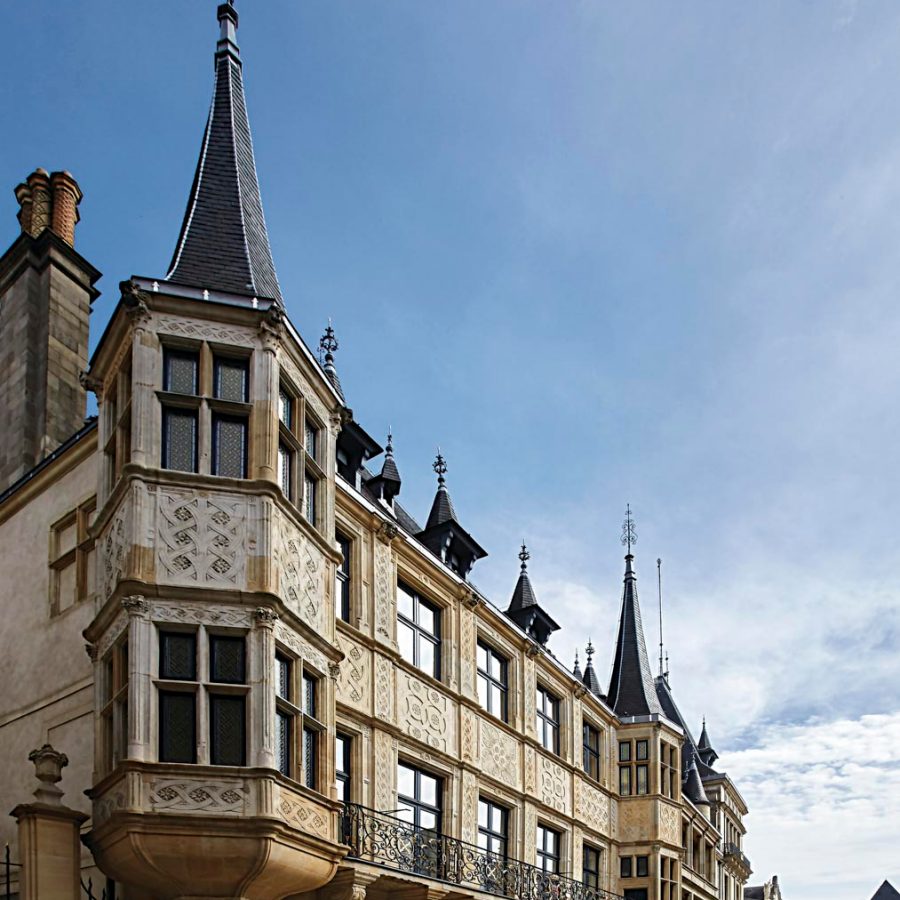
Credit: Mahaux Charles/AGF/UIG via Getty Images
4. Luxembourg City, Luxembourg
Luxembourg’s reputation as a financial centre usually precedes it, but there’s more to this tiny capital than the European Investment Bank. It’s super compact: the grande squares and churches of the Ville Haute are all within walking distance of each other. The Grand Ducal Palace is particularly worthy of a visit for instant flat envy.
Kilometres form Dusseldorf: 185
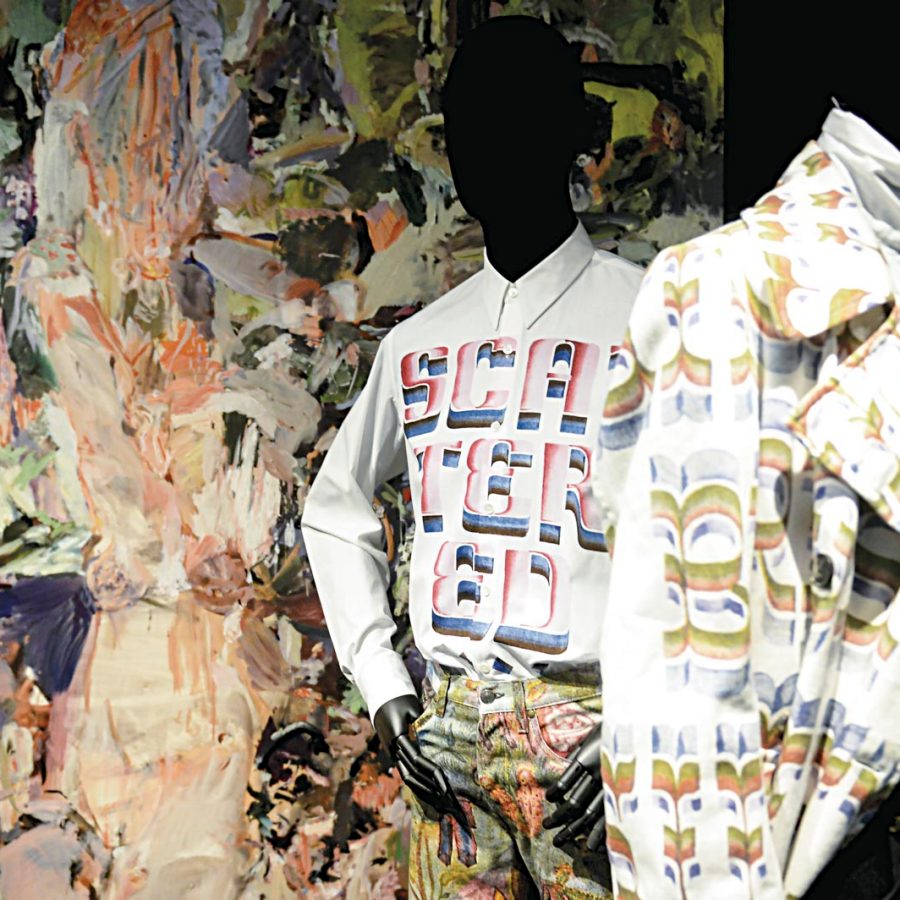
Credit: Dirk Waem/Belga/ZUMA Wire
5. Antwerp, Belgium
Pretty Antwerp hides a cool side behind its cobbled streets and impressive architecture. It is the diamond capital of the world, and is pretty fashion-forward, too: in the 1980s the city became a hotbed for avant-garde designers. This era is best explored in MoMu, the museum dedicated to modern fashion, in the city’s fashion district.
Kilometres from Düsseldorf: 166
Cathay Pacific flies to Düsseldorf from Hong Kong four times a week
More inspiration
- China – the Chinese Mainland, Hong Kong SAR, Macao SAR and Taiwan Region
- Hong Kong SAR - English
- Chinese Mainland (China) - English
- Taiwan, China - English
- 香港特別行政區 - 繁體中文
- 中国內地 - 简体中文
- 中國台灣 - 繁體中文
- Africa
- South Africa - English
- Asia
- Bangladesh - English
- Korea - English
- Singapore - English
- Cambodia - English
- 한국 - 한국어
- Sri Lanka - English
- India - English
- Malaysia - English
- Thailand - English
- Indonesia - English
- Maldives - English
- ประเทศไทย - ภาษาไทย
- Indonesia - Bahasa Indonesia
- Myanmar - English
- Vietnam - English
- Japan - English
- Nepal - English
- Việt Nam - tiếng Việt
- 日本 - 日本語
- Philippines - English
- Australasia
- Australia - English
- New Zealand - English
